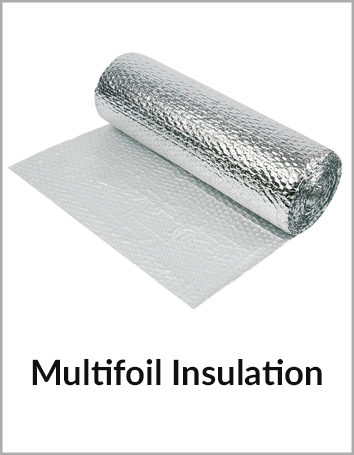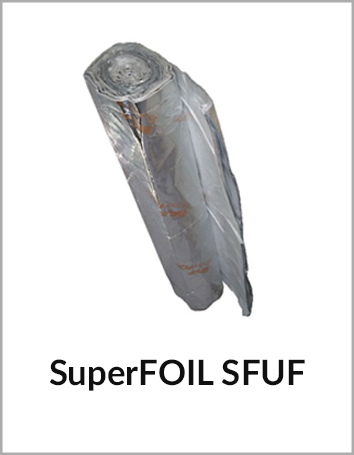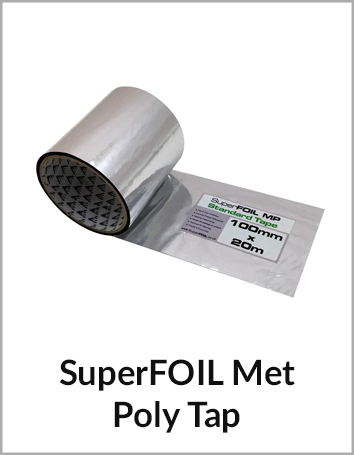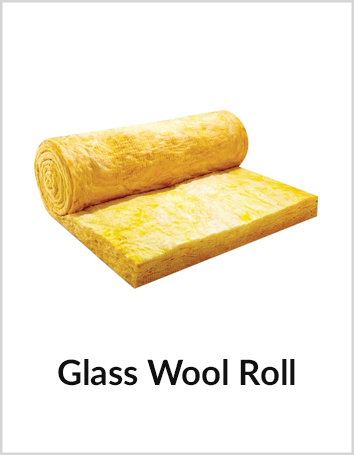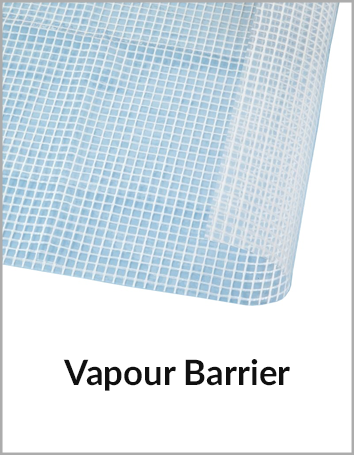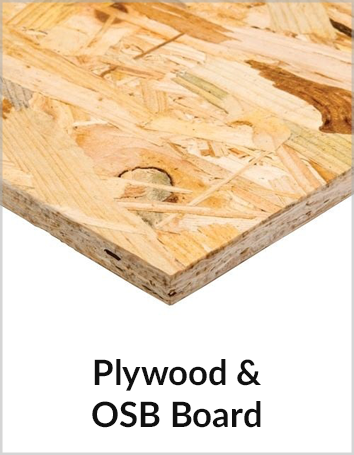Insulating a van or campervan is essential for keeping you warm in the colder months. It’s also great for preventing the van from getting overly hot in the summer months too. And, of course, another benefit of van insulation is to minimise condensation.
Van insulation is a DIY to create a cosier and more comfortable travelling and living space that you can enjoy for years to come! So, no matter where you’re camped up for the night you can get a comfortable night’s sleep before resuming your trip refreshed and well-rested.
You’re probably wondering:
What is the easiest way to insulate a van?
At Insulation Superstore, we’ve got you covered!
Read on to find out everything you need to know about campervan insulation and the fun project ahead.
Table of contents:
- How to insulate a van
- What materials shall I use for van insulation?
- Do I need to layer over my campervan insulation?
- How do I fit van insulation?
- Final thoughts
How to insulate a van

Van or campervan insulation projects need to include some sort of vapour barrier.
Here’s why:
Since you’re looking to insulate such a small space, there’s a risk of a build-up of moisture from people breathing and people cooking.
Pasta and rice may be campervan travel staples, but they generate a lot of steam when cooked. This turns to condensation when it hits the cold metal or window of the van. Luckily, a high-quality vapour barrier can easily take care of those issues.
What materials can I use for campervan insulation?

Where floor space is at a premium, campervan insulation needs to be as thin as possible. This is why we recommend multifoil insulation. You can purchase multifoil insulation roll that also has a vapour barrier built-in so there’s no need to think twice about this! Multifoil is extremely flexible. As a result, you can bend it around protrusions and wheel arches without awkward cut jobs. In addition, the lightweight nature of the product won’t add too much weight to the van overall.
We would recommend SuperFOIL SFUF as it’s just 6mm thick and the top layer is a polythene vapour control layer so everything you need is in one. Use highly adhesive SuperFOIL Met Poly tape to secure the edges of the foil insulation in place.
But that’s not all:
Alongside multifoil insulation, it’s advisable to fill larger cavities with glass wool insulation as it’s cheap and will insulate larger areas more efficiently. The opening to the cavity, however, must be covered properly as glass wool fibres are notoriously itchy and will probably get into the throats of those sleeping and eating in the van!
If that bothers you, sheep’s wool is an excellent alternative to glass wool insulation, as it’s itch-free, safe and easy to install. In addition, sheep’s wool is very effective at lowering sound levels, which means nature’s sounds won’t keep you up at night.
The key takeaway is:
You have plenty of camper insulation options to fit any specific requirements and budget.
Do I need to layer over my campervan insulation?
Insulating a van involves removing the standard panels and applying insulation beneath so that the panels cover up the insulation and keep it even more securely in place. Sometimes you may find the panels aren’t the correct size after this has been done, or you might break panels in the process.
There’s no need to worry, though.
Simply cut plywood to size, using the former panel as a template, and use these as low-cost replacements.
How do I fit van insulation?
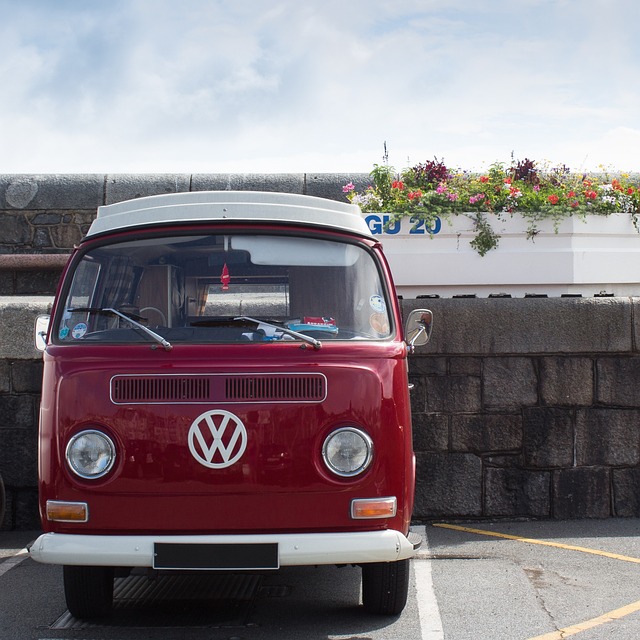
Avoiding condensation is a big part of insulating a van or campervan. So, it’s a good idea to purchase some low-cost window insulation mats which can prevent condensation on windows and create an additional element of privacy.
The layers of the van should look like this:
1. Bare metal
2. Insulation
3. Separate optional vapour barrier
4. Plywood panels
5. Finishings, carpets and fixtures
With that in mind, let’s find out how to insulate a van in seven simple steps.
Step 1: Strip out the van of fixings and furniture.
To begin insulating your campervan, start by stripping out all existing fixings and furniture from the interior of the van. This ensures a clean slate for the insulation project and allows you to work with an empty space.
Step 2: Remove the existing van wall panels.
Once the interior is cleared, carefully remove the existing van wall panels, taking care to store the screws and fixings. These will be needed later to reattach the panels.

Step 3: Tape foil insulation into place as best as you can.
The next step in the process of insulating a van is to apply foil insulation to the interior of the van, making sure to tape it securely into place. Pay special attention to achieving a tight seal and be thorough in taping around corners, wheel arches and any protrusions in the van’s interior to maximise insulation effectiveness.
Step 4: Install a vapour barrier if you’ve opted for simple multifoil insulation without one built-in.
If your chosen insulation doesn’t include a built-in vapour barrier, it’s essential to install one at this stage. A vapour barrier helps prevent moisture from accumulating within the insulation, which can lead to mould and other issues.
Step 5: Replace the van wall panels using the original screws and fixings.
After insulating and adding the vapour barrier (if needed), carefully replace the van wall panels using the original screws and fixings. Ensure that the panels are securely and evenly attached to maintain the structural integrity of the van.
Step 6: Cut out any new panels you might need using plywood and fit them.
If your campervan’s interior requires new panels to accommodate the insulation or layout changes, cut these panels out of plywood and securely screw them into place. This step allows you to customise the interior to your needs while maintaining the insulation’s effectiveness.
Step 7: Replace carpets and fittings.
Finally, fit carpets and various fittings such as lights and permanent furniture back into place. These finishing touches not only enhance the comfort and aesthetics of your campervan but also complete the insulation project, making your van ready for all your adventures while keeping you cosy and energy-efficient.
Final thoughts
If you’re a keen camper, insulating your van is absolutely essential.
The thing is:
Van insulation significantly improves thermal comfort, reduces noise levels inside the van and creates a more livable and adaptable space.
Bottom line:
With the right insulation for your campervan firmly in place, you’ll be able to enjoy extended journeys in comfort, whether for camping, road trips or even as a full-time mobile living space.
For help and advice when undertaking your van insulation project feel free to contact our insulation helpline on 01752 692 206. They will offer free and impartial advice on what’s best to do in your situation and they’ll be keen to hear all they can about your campervan insulation project!


